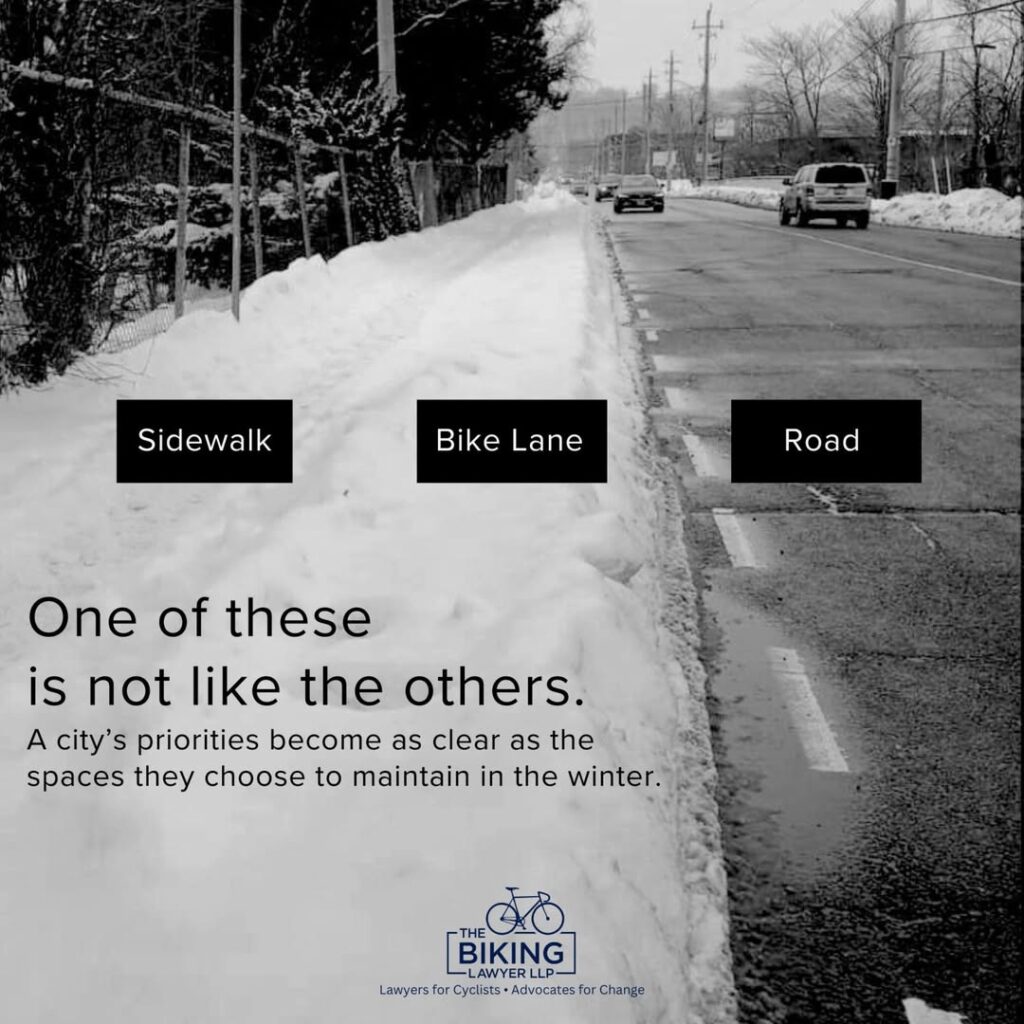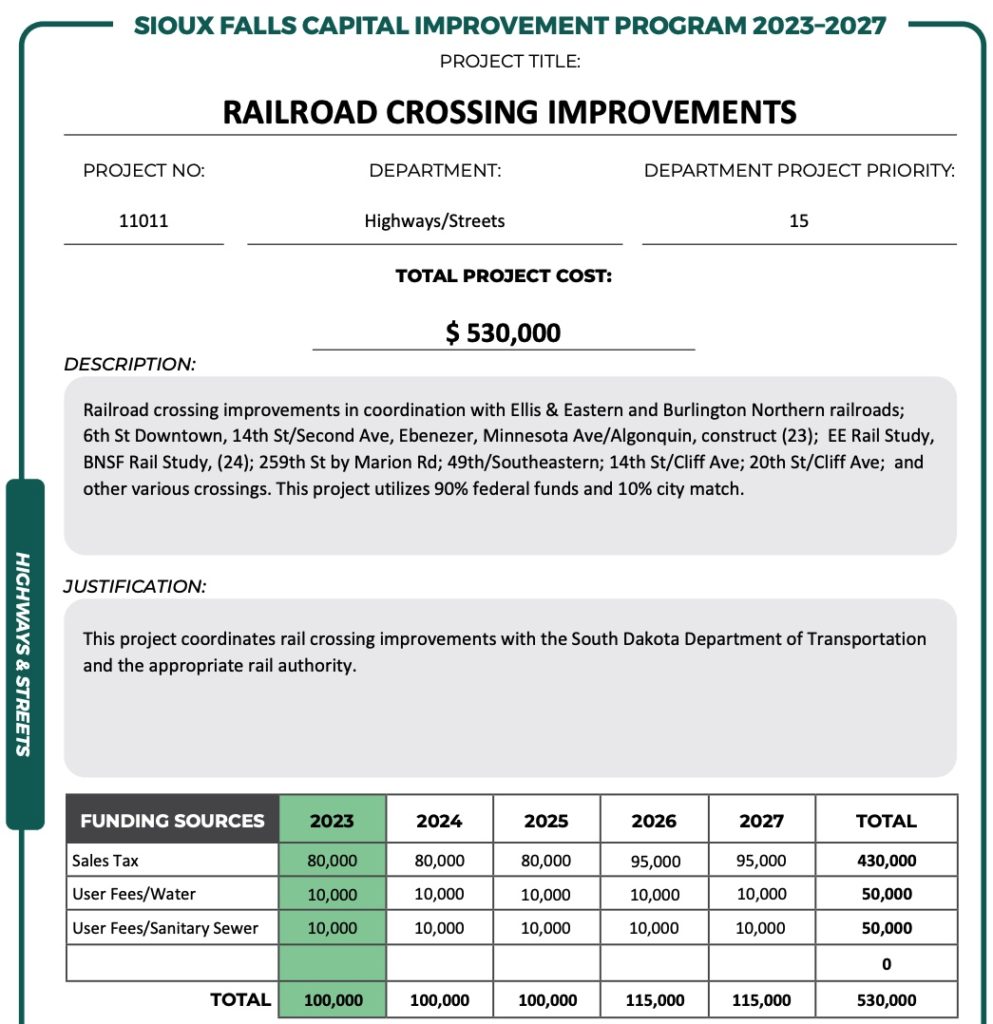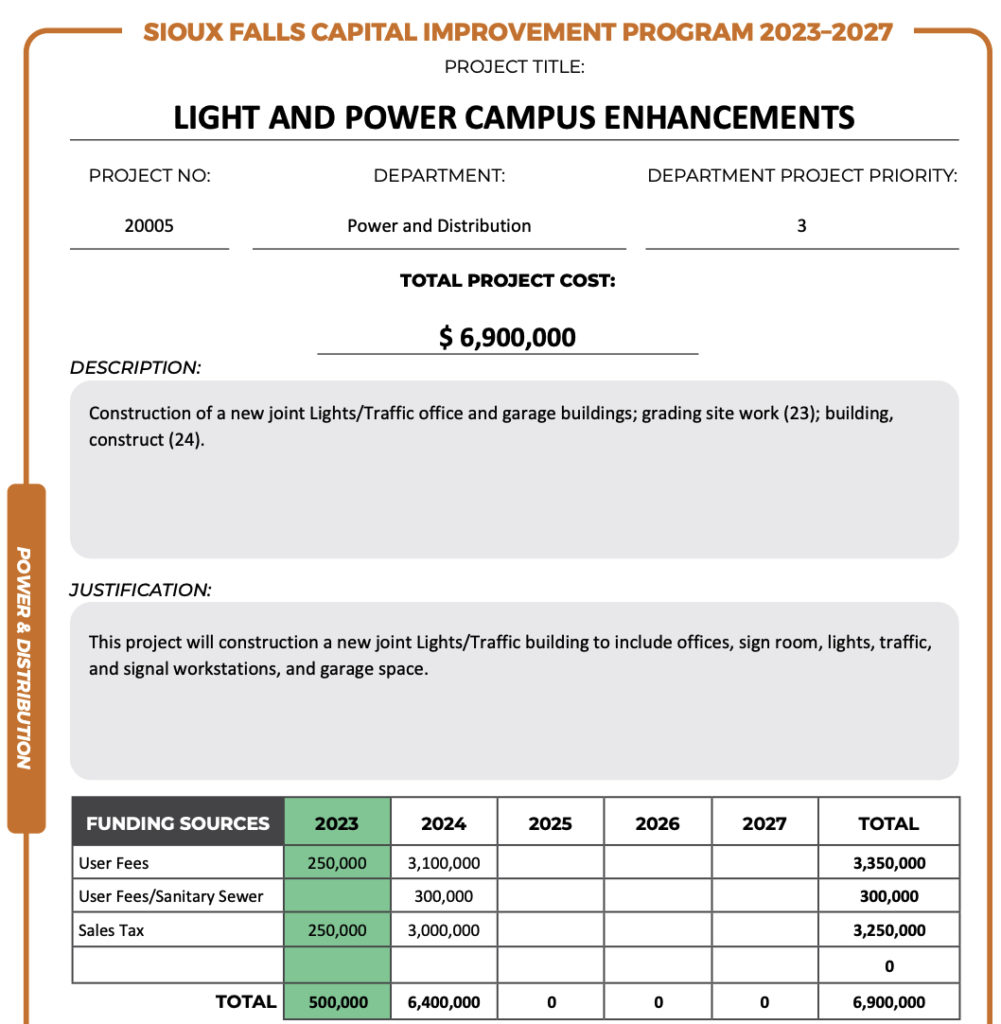There is good news and bad news concerning utility rates for Sioux Falls residents, multi-housing facilities and businesses.
The GOOD NEWS:
As The Dakota Scout reported on June 6 —
“Xcel Energy last year sought to impose increases of nearly 18 percent on its South Dakota customer’s revenue for the company. However, the PUC settlement, agreed to by Xcel, reduces that increase to about 6 percent. This settlement also freezes base electricity rates through 2025.”
Thanks to the Public Utilities Commission for taking time to listen to the customers and caring enough to keep rates reasonable to support an affordable quality of life. This is government doing its due diligence on behalf of its citizens.
The BAD NEWS:
On June 6, the Mayor’s Office presented to the Sioux Falls City Council a four-year plan to increase our sewer bills by 22 percent and our Water bills by 19 percent. This is in addition to the already massive increases we have been experiencing since 2018.
The justification for the 2018 rate increase was the need to fund the largest expenditure in our city history, the $260,000,000 (that’s $260 million) rebuild of our Waste Water Treatment Plant. This proposed cost projection never included the additional interest payments.
As one of your At-Large Council members in 2018, I listened as the City Council was told this new facility would be funded with the sewer fees to be paid by homeowners, businesses and apartment owners. Grave concerns were voiced at the time about the escalating sewer rates needed to pay off this massive project. This is a basic and necessary life sustaining government service everyone uses.
Our community has a healthy stream of revenue from the collected 2nd penny sales tax money, a funding source set up almost 40 years ago to be used for infrastructure like this.
In 2018, I attempted to get a resolution passed, freeing up some of the 2nd penny sales tax money to help pay for this costly project.
Every time you borrow money, a payoff or amortization schedule is created to help you budget. I requested this schedule for all of us, so we could all keep track of the cost and repayment of the Waste Treatment Project. The Public Works Department denied the City Council an accounting of this basic information.
Why is this important today? The city says it needs more massive rate increases, while still not answering the original questions: How much have we spent on the project since its conception? How much do we owe on this huge project? How many more rate increases will be needed to pay for the project? How much has the city spent in cost overruns?
Now as a private citizen, I expressed my concerns on June 6 to Mayor Paul TenHaken and the City Council that this is not the time to be raising fees or taxes. Water and sewer are basic survival needs for all. Many users are struggling with providing the basic necessities for their families, and many of us are upset about the outrageous tax burden we have to shoulder.
The City Council acts as our “Public Utilities Commission” of water and sewer rates in our community, and just like the South Dakota PUC, our City Council can vote to approve the rate increases, negotiate lower rates or vote down a rate increase altogether. This is the time to use your voice.
We need to demand more openness and transparency in these big ticket items that the good people of Sioux Falls are paying for. I am deeply grateful for the recent respectful conversations I have had with several council members over this issue. Their promises to dig into the details of these rate increases, the money that has been spent for design and implementation, and what will need to be spent on the Waste Water Treatment Plant is encouraging. I eagerly await their findings.
If you, like me, have concerns about these rate increases, I urge you to reach out to the mayor and City Council before they vote to increase your rates on June 20, 2023.
Theresa Stehly is a longtime Sioux Falls resident and former city councilor.


 I have to admit it is kind of an addiction but once you have the layers on it is actually very peaceful and comfortable. And I am not crazy, on my way to work today I counted 20 individual joggers in a 4 mile stretch. Some people get it. The other day while riding to work I saw this beautiful younger
I have to admit it is kind of an addiction but once you have the layers on it is actually very peaceful and comfortable. And I am not crazy, on my way to work today I counted 20 individual joggers in a 4 mile stretch. Some people get it. The other day while riding to work I saw this beautiful younger 




 Maybe at the next council meeting Paul will publicly chastise Stehly for UNDERESTIMATING the costs!
Maybe at the next council meeting Paul will publicly chastise Stehly for UNDERESTIMATING the costs!